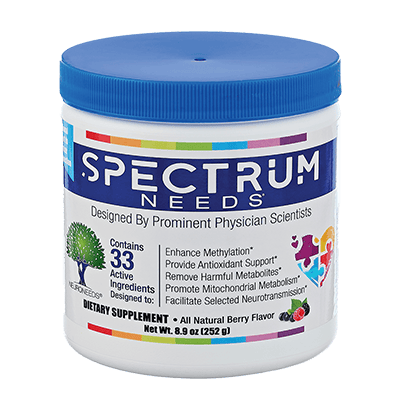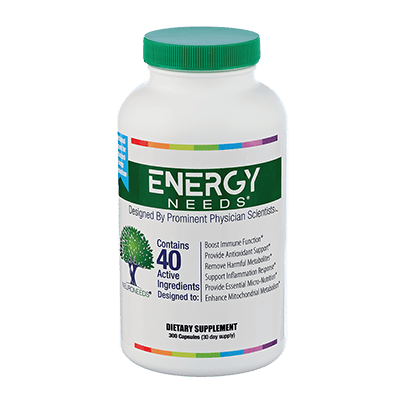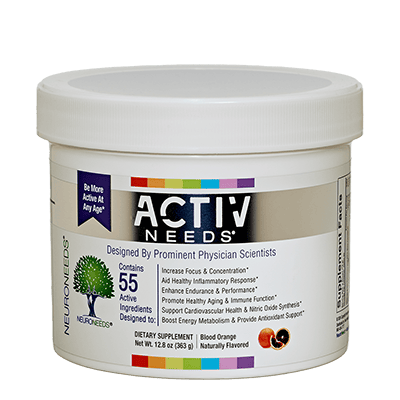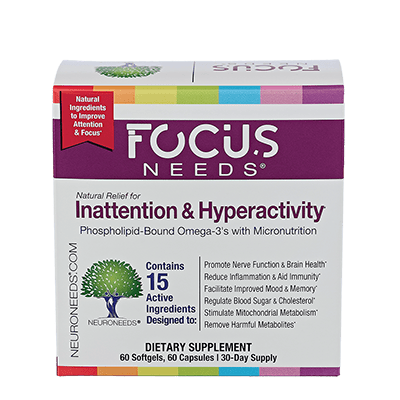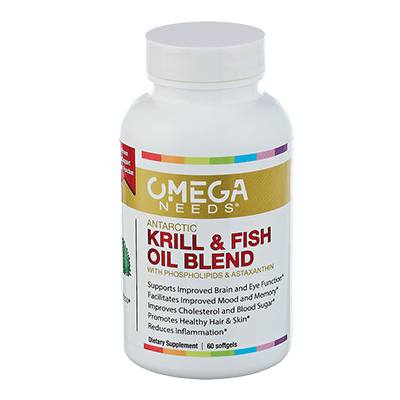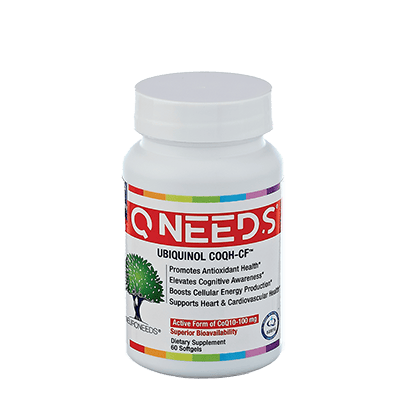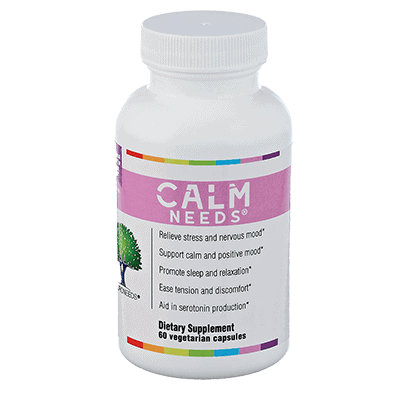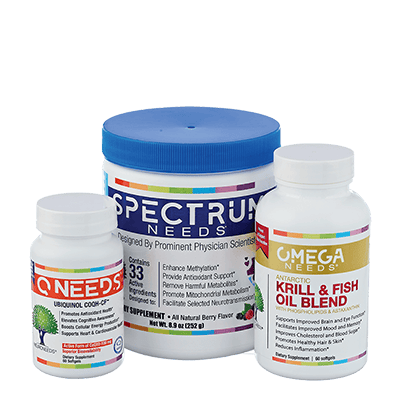Summary on Dr. Boles’ Cyclic Vomiting Article:
Clinical Insights in Cyclic Vomiting Syndrome Based on Genetic Findings
Published in March 2024
In May 2023, Dr. Richard G. Boles and his research group published a scientific paper on cyclic vomiting syndrome (CVS) in Frontiers of Neurology (https://pubmed.ncbi.nlm.nih.gov/37234784). In this study, 80 patients with CVS underwent extensive genetic sequencing, either whole exome (all ~23,000 genes) or full genome (all of the DNA). Twenty-two genes were identified as candidates, meaning that variants in those genes are likely to constitute much of the genetic predisposition towards developing CVS. The paper proposed a cellular model for CVS as a vicious cycle of elevated intracellular cations (e.g., sodium, calcium) and mitochondrial dysfunction (cellular energy deficiency). Lay and professional summaries of this study are available at https://www.neuroneeds.com/autism-is-genetic-autism-is-treatable-these-statements-are-not-in-conflict and https://www.neuroneeds.com/autism-is-genetic-a-deep-dive-autism-is-treatable.
While that work substantially advanced the science, it is too technical for the average physician to understand and be able to translate into improved therapies for their own patients. To this end, Dr. Boles and his group recently published a second paper in March 2024 in Annals of Case Reports and Clinical Studies. This paper provides clinical information on the same 80 CVS patients, including detailed case reports on eight of those patients. Some of the important themes include:
- Many patients that meet all diagnostic criteria for CVS at some time in their disease course, at other times have episodes with little, if any, vomiting. Nausea (without vomiting), pain, lethargy, and/or dizziness can be the main findings during episodes.
- Results of DNA testing often were key to identifying therapies that achieved disease remission. In particular, frequently the DNA variant that led to successful therapy is not rare in the population.
- Many families/patients were accused of “non-organic disease”, such as abuse (Munchhausen-by-proxy/fictitious disorder-by-proxy/medical child abuse), psychiatric disorders (including conversion disorder and somatization), and drug-seeking behaviors.
The article also outlines how essentially all therapies used in CVS affect cations and/or energy metabolism, either directly or indirectly. In addition, the authors presented an anatomical model for CVS, in which disease predominately occurs in vagus nerve afferents (sensory component) and/or adjacent cells.
CVS refers to multiple episodes of nausea and vomiting, all of which are similar in each individual. Although, as explained above, an individual may not meet the full diagnostic criteria at all times in their disease course. For more information on CVS, including some links to studies and treatment options, see: https://www.neuroneeds.com/cyclic-vomiting.
Richard G. Boles, M.D.
Medical Geneticist
Chief Medical & Scientific Officer
NeuroNeeds LLC
The Content within this article and NeuroNeeds Blog is not intended to be a substitute for professional medical advice, diagnosis, or treatment. Always seek the advice of your physician or other qualified health provider with any questions you may have regarding a medical condition. Never disregard professional medical advice or delay in seeking it because of something you have read on this Blog.

